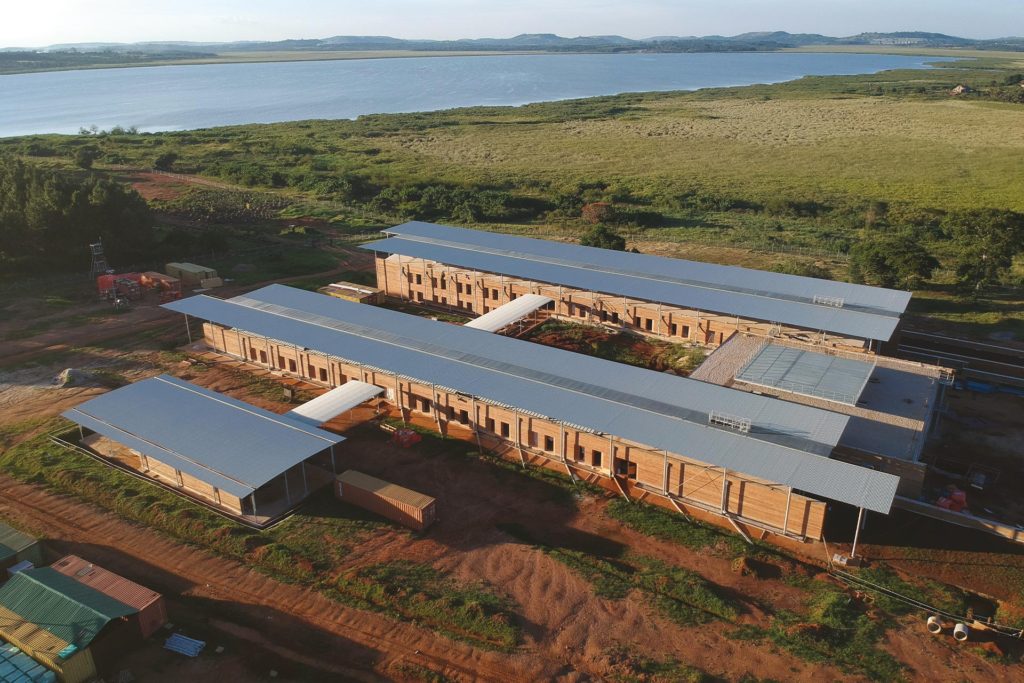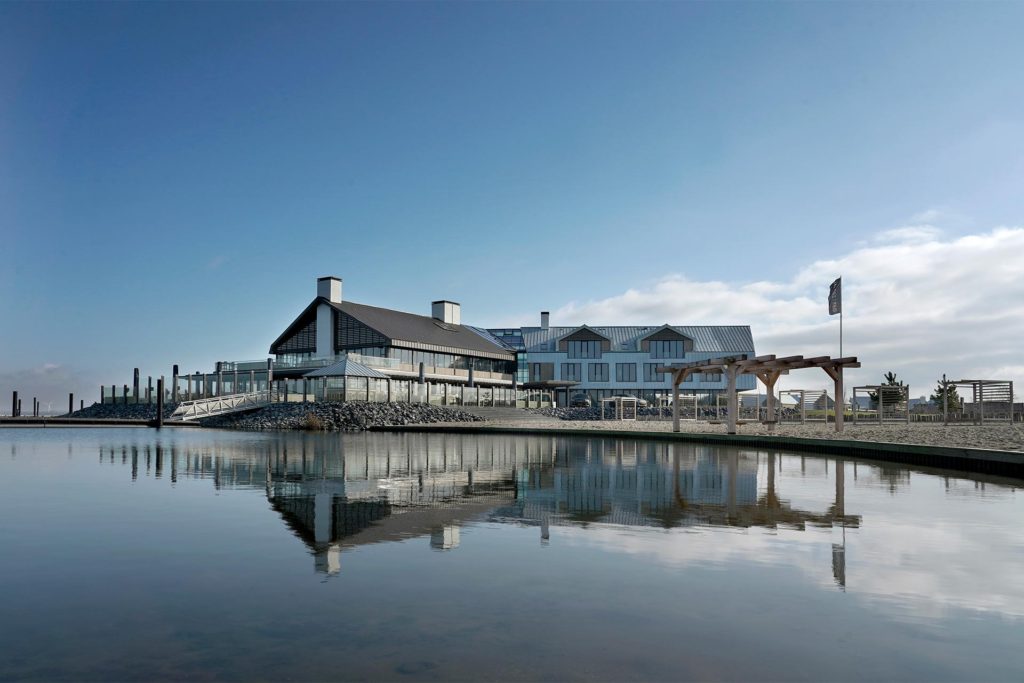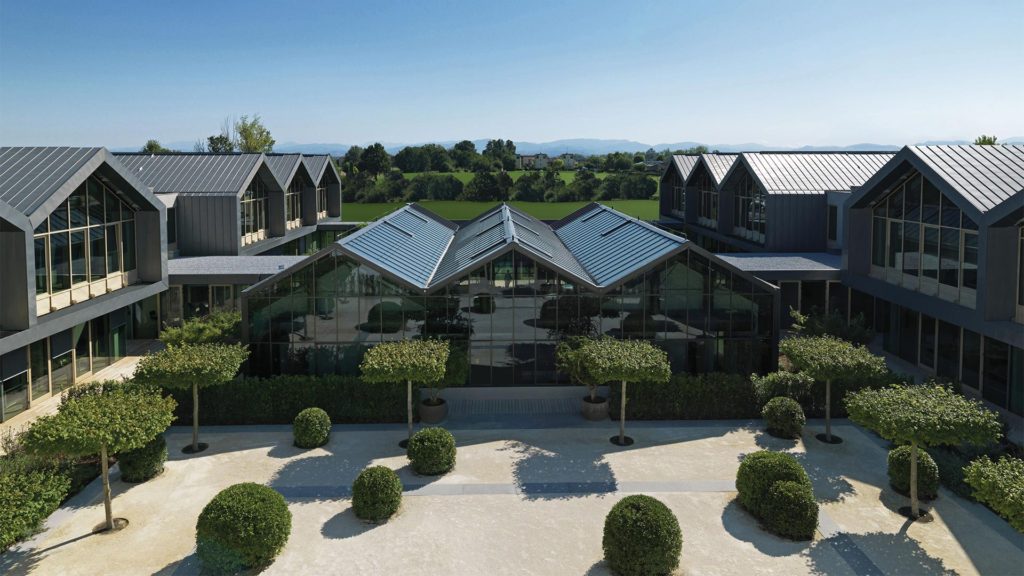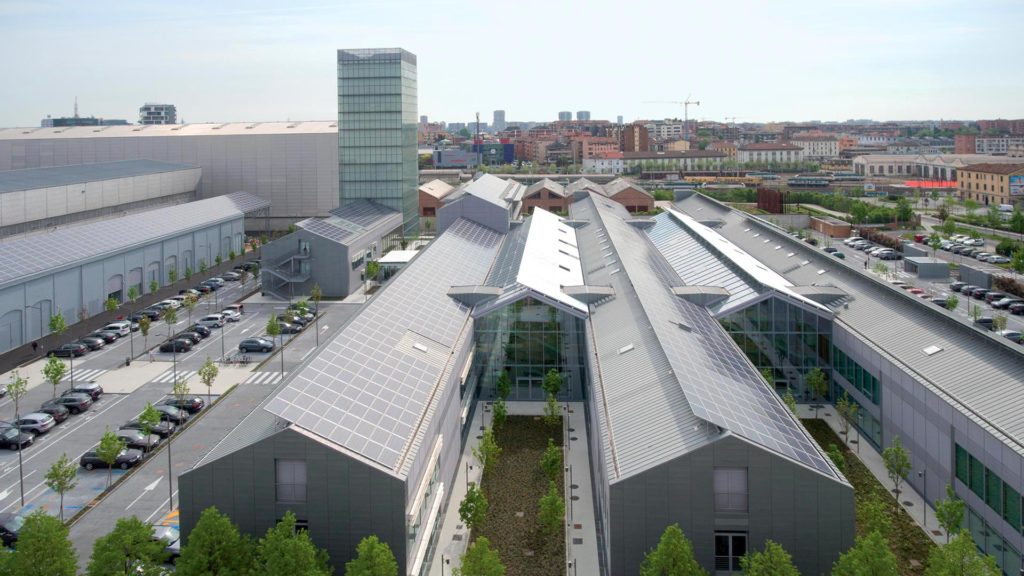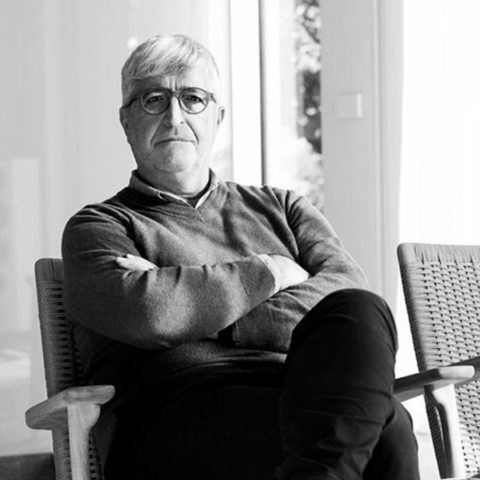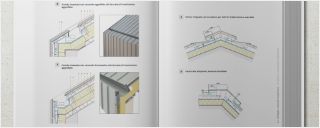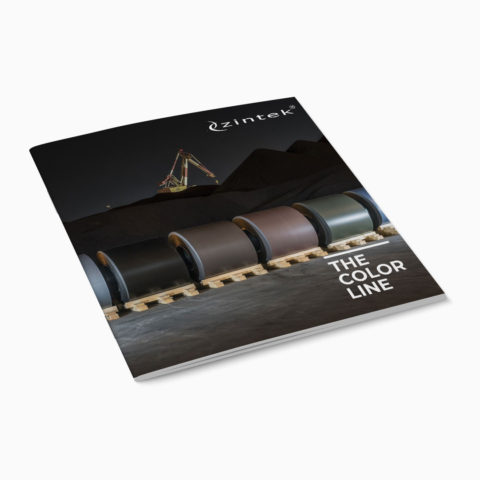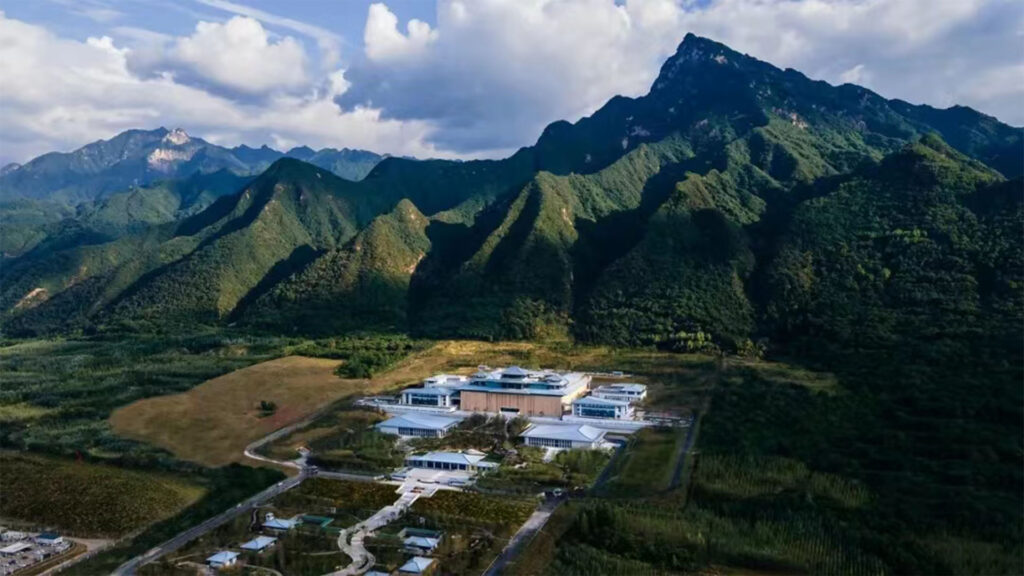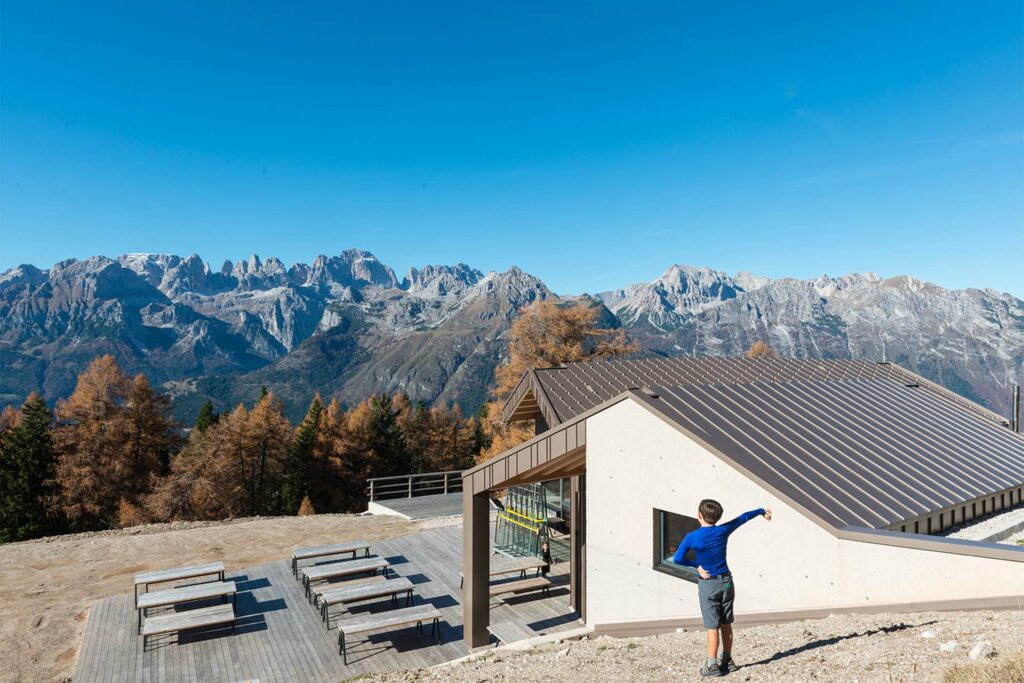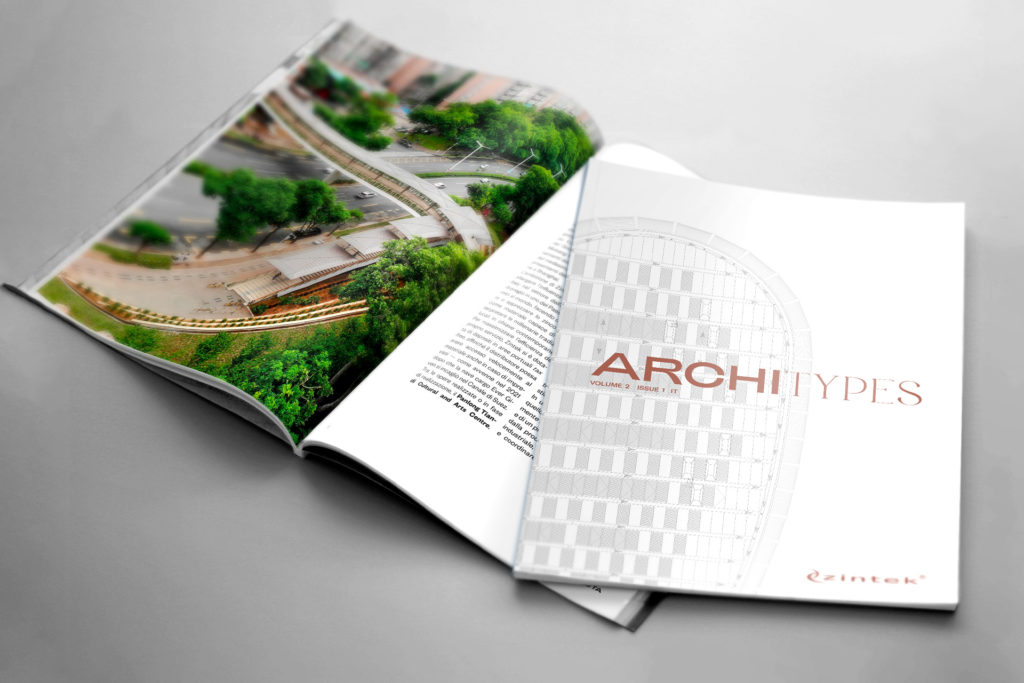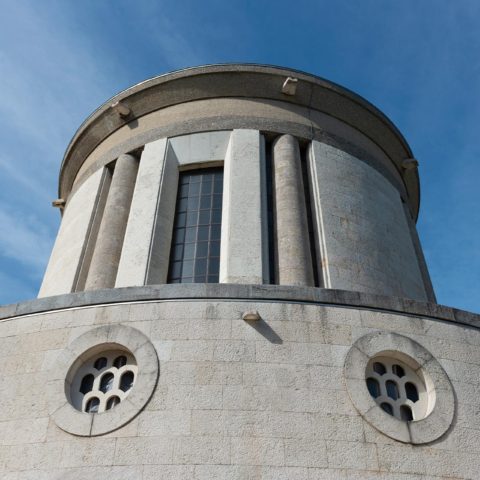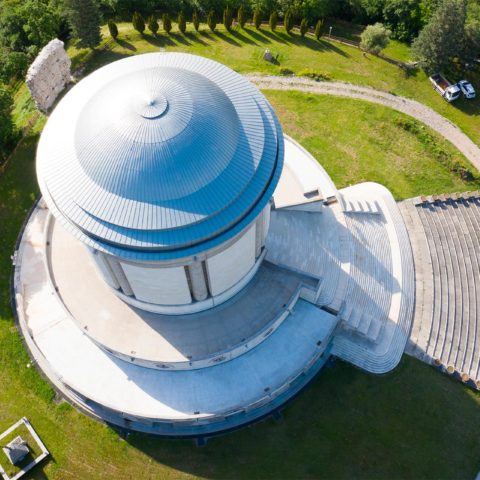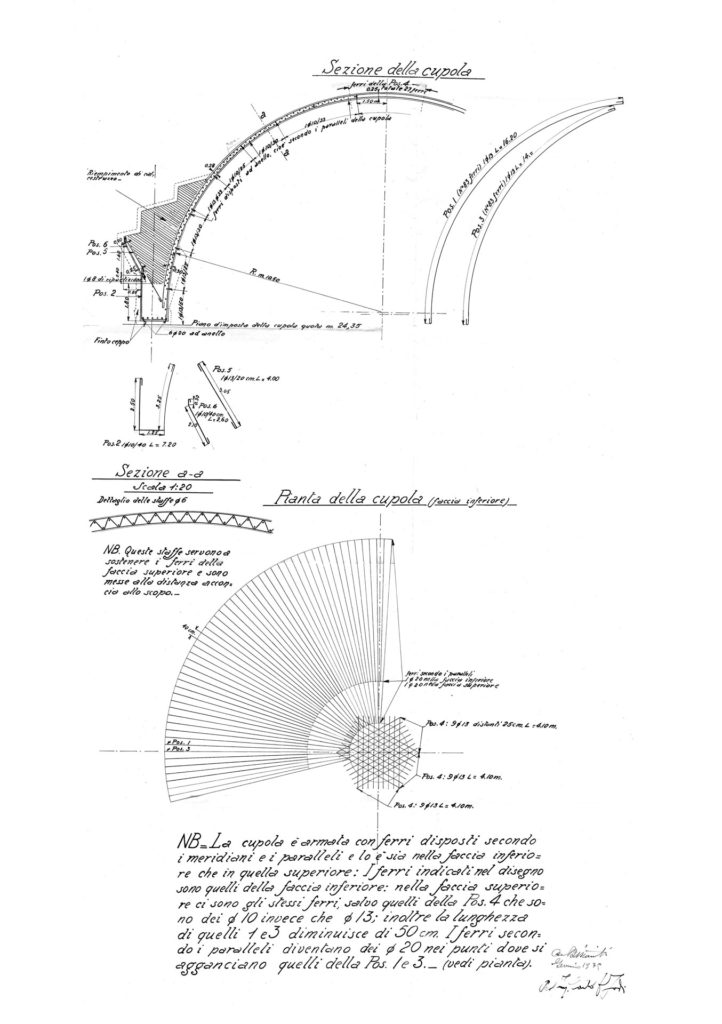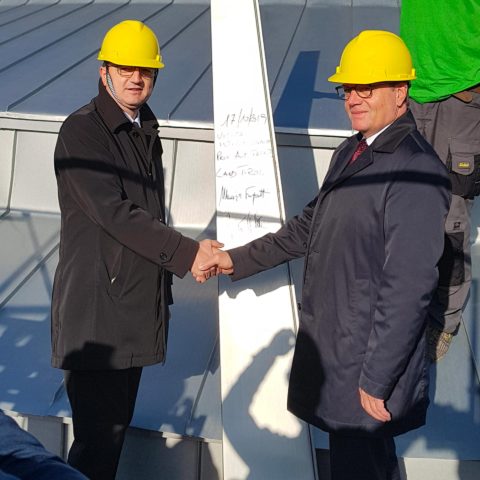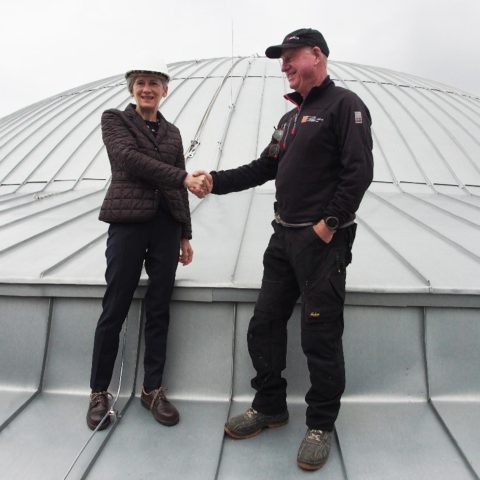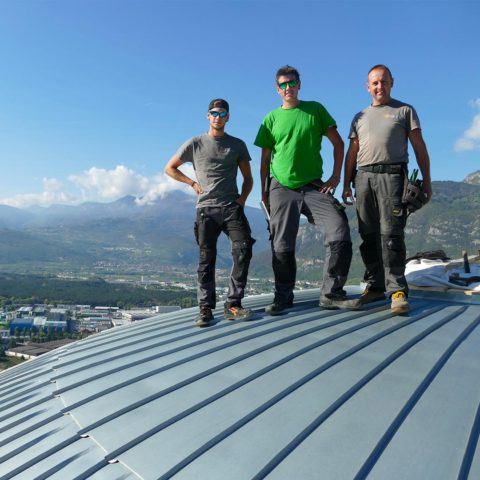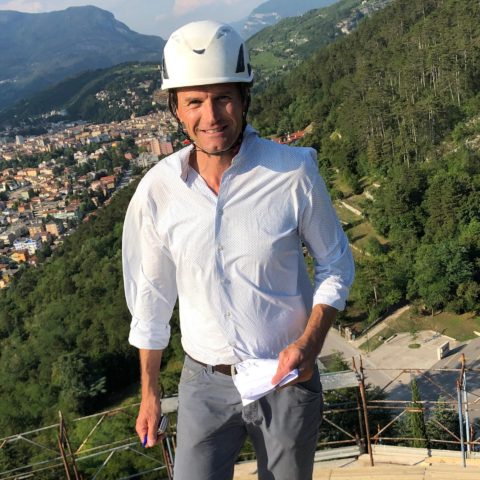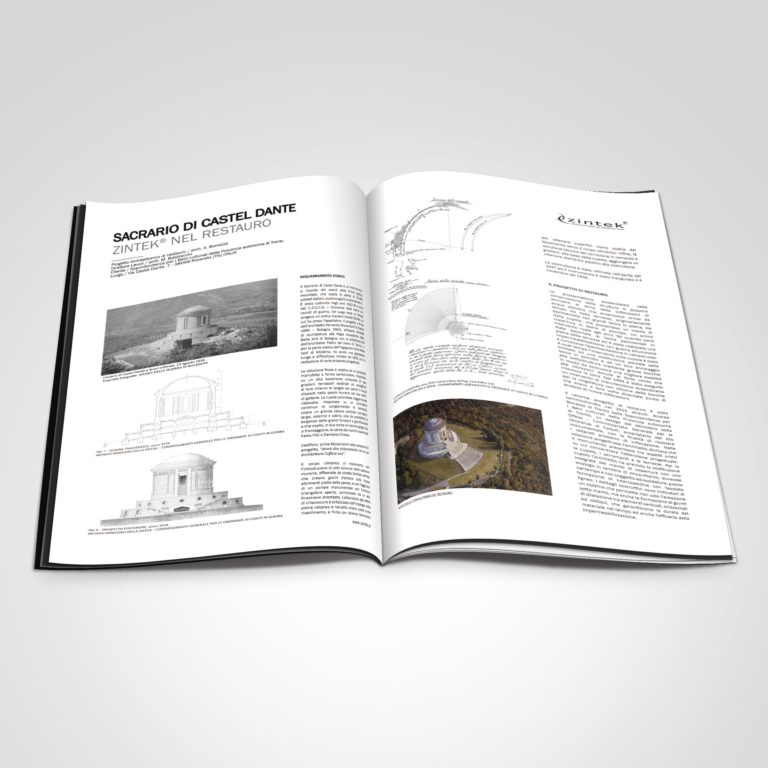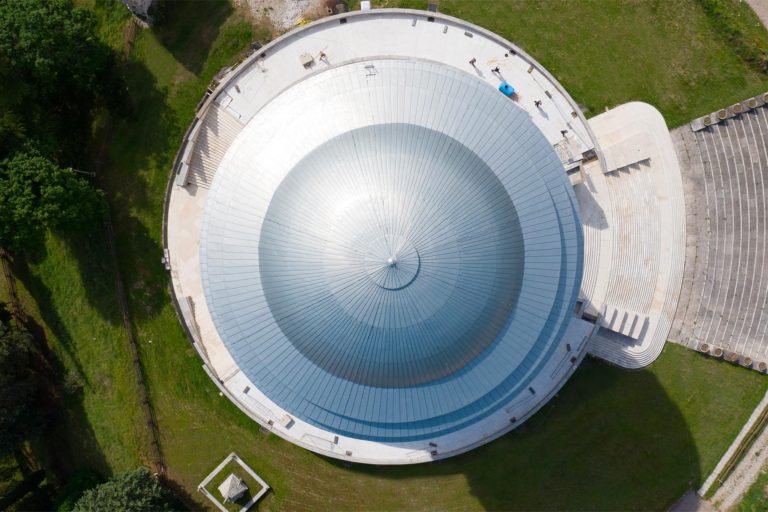- Superintendency for Cultural Heritage of the autonomous Province of Trent
- Design: Architect Andrea Bonazza
- Supervisor of the Works: Architect Manuela Baldracchi
- January 2019- June 2020
The Shrine of Castel Dante is a monument to the fallen of the First World War, holding the mortal remains of 20,280 Italian, Austro-Hungarian and Czechoslovakian soldiers. It was erected between 1932 and 1936 by the C.O.S.C.G. – Memorials for mortal remains of war victims, in the site of an ancient manor (Castel Dante) from which it took its name.
The conception of the project, signed by the architect Fernando Biscaccianti (Urbania 1890-Bologna 1963), who was at the time a professor of architecture in the Royal Fine Arts Academy of Bologna, in collaboration with Treviso-based architect Pietro del Fabro and – for the static part – with Modena-based engineer Carlo Felice Jodi, was lengthy and complex. The first designs were made in 1929 and were followed by many other proposals.
The conservation issues involving the structure could be ascribed to the infiltration of rainwaters both from the terraces, originally paved with large stone slabs, and from the cupola, which was clad in lead slabs.
In 2015, the restoration project was commissioned to the Trent-based architect Andrea Bonazza by the Superintendency for Cultural Heritage of the autonomous Province of Trent, upon instructions from the Ministry of Defence – General Commissariat for Memorials for the Fallen, which owns the monumental site, with the goal of solving the reiterated issues related to water infiltrations.
For the cupola, the architect opted for full replacement of the roof cladding with an analogous one in zintek® titanium zinc sheet metal, installed on a wooden planking with a ventilation gap. The construction details highlight a system that not only allows for ventilation beneath the roof, but also for the formation of expansion joints between vertical, horizontal and oblique elements, ensuring duration of the material over time and effective waterproofing.
The 7/10-thick zintek® titanium zinc rolled products were chosen not only for their guaranteed long lifespan but also for the matt colour that resembles the original lead surface, thus not altering the chiaroscuro effects of the initial project – determined by the alternation of limestone (cladding), cement (cornice) and metal (roof).
The project involved the following firms and institutions: Ministry of Defence – General Commissariat for Memorials for the Fallen, Superintendency for Cultural Heritage of the autonomous Province of Trent, the Inco firm from Pergine Valsugana TN, contractor construction company, the Pasquazzo e Perozzo firm from Scurelle TN, subcontractor company for the tinsmithery works, Zintek Srl from Porto Marghera VE, manufacturer of zintek® titanium zinc rolled products.

